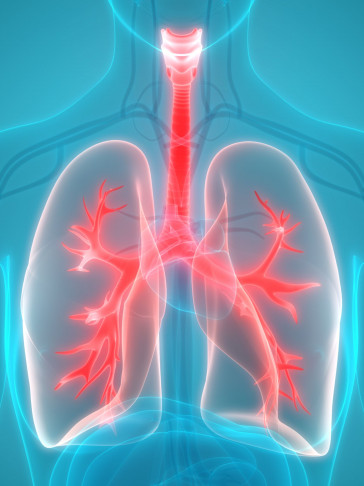Main
Filtration
How it affects our bodies

In 2021, WHO revised their air quality guidelines, which now state ‘Every year, exposure to air pollution is estimated to cause 7 million premature deaths and result in the loss of millions of more healthy years of life. For children, this could include reduced lung growth and function, respiratory infections and aggravated asthma. For adults, ischemic heart disease and stroke are the most common causes of premature death attributable to outdoor air pollution, and evidence is also emerging of other effects such as diabetes and neurodegenerative conditions. This puts the burden of disease attributable to air pollution on par with other major global health risks, such as unhealthy diet and tobacco smoking.’
“Every year, exposure to air pollution is estimated to cause 7 million premature deaths and result in the loss of millions more healthy years of life.”
The more contaminants enter our bodies, the greater is the chance of sickness and ill health. And the smaller the PMs are, the greater is the risk of them penetrating deeply into our lungs and bloodstream.
In the latest revised WHO air quality guidelines, there are 6 different identified contaminants that represent health risks to human beings. These contaminants belong in either of two classes: particulate contamination or molecular contamination.
PM1 particles - Invisible yet dangerous
The human body can filter coarse particles and will stop PM10 particles at the throat. Our lungs and alveoli deal with PM2.5 particulates. But PM1 particulates enter the bloodstream where they can cause serious illness, in the worst case, diseases such as coronary heart disease, lung cancer, dementia, emphysema, edema, and other serious maladies, which are deadly.
Typical airborne particulates:
PM1 – particles <1 μm in size. Examples: dust, combustion particles, bacteria and viruses.
PM2.5 – particles <2.5 μm in size. Examples: pollen, spoors and other organic particles.
PM10 – particles <10 μm in size. Examples: coarser fine dust and organic particles.
Coarse – particles often 10 μm or bigger. Examples: visible coarse dust, sand, leaves, hairs and other large organic particles.
Guidelines and exposure limits
World Health Organization´s latest guidelines continue to focus on PM10 and PM2.5 particles since they are easier to measure by means of weight. In the new guidelines, mean exposure limits are now drastically lower than previously. WHO’s recommendations for annual mean PM2.5 limits are now 5 µg/m3, down from 10 µg/m3. This amounts to a 50% reduction and is a clear indication of just how important it is to remove these small particles from the air we breathe.
Molecular contaminants
WHO’s recently revised guidelines warn that there are many external pollutants of which we need to be cautious, including ozone (O₃), nitrogen dioxide (NO₂) sulfur dioxide (SO₂) and carbon monoxide (CO). The latest guideline sets new exposure limits for these contaminants, since each is potential hazardous to human health. It is of utmost importance that we are sure the air we breathe has been cleansed of these contaminants.

The smallest particulates enter the bloodstream where they can cause serious health problems.
These articles might interest you as well:

filtration
Knowing what you might be breathing
When pollutants present in the living spaces mix with those from outside, the toxicity of indoor air can reach levels up to 50 times that of outdoor air.

filtration
Finding the most suitable solution
Before you start looking for a solution to improve your air quality, understanding the focus concerns is key. Once you understand this you can then start understanding the challenges.